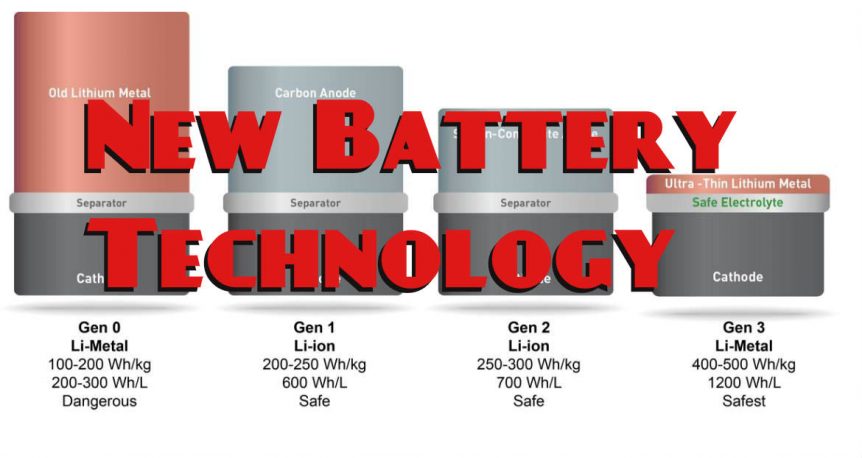Aalto University in Espoo, Finland has announced a seemingly impossible breakthrough – black-silicon solar cells that exceed 100-percent efficiency. This breaks the Shockley-Queisser limit, previously thought to be an unbreakable barrier to any solar cell generating more than 33.7-percent efficiency for a single p-n junction photovoltaic cell. The 1,000 Watts of sunlight falling on a square meter of single-junction solar cells could never produce more than 337 Watts to a battery or other receiving mechanism. William Shockley, a co-winner of the Nobel Prize in Physics for his co-creation of the transistor and Hans-Joachim Queisser defined this limit at Shockley Semiconductor in 1961. In a traditional solid-state semiconductor such as silicon, a solar cell is made from two doped crystals. One is an n-type semiconductor, which has extra free electrons, and the other a p-type semiconductor, which is lacking free electrons, referred to as “holes.” When initially placed in contact with each other, some of the electrons in the n-type portion will flow into the p-type to “fill in” the missing …
Breakthrough Batteries Two Years Away?
Breakthrough Batteries: Powering the Era of Clean Electrification A paper by Charlie Bloch, James Newcomb, Samhita Shiledar, and Madeline Tyson of the Rocky Mountain Institute describing the near future of battery development predicts and accelerated pace of “the global energy transition” and the growing role of energy storage in “addressing the climate crisis.” Will these “breakthough batteries” power us into the near future? Their report* notes the economic investment and potential impacts of ongoing research, which to this editor seems minor when compared to the gravity of the ongoing climate crisis. Researchers estimate “more than $1.4 billion invested in battery technologies in the first half of 2019 alone,” less than 10 percent of the $16 billion spent in 2016 on plastic surgery. Apparently, saving the planet is not nearly as crucial as getting butt lifts and Botox wrinkle removals. Despite this, the Institute insists, “… {M}assive investments in battery manufacturing and steady advances in technology have set in motion a …
A Stable Lithium Anode – the “Holy Grail” of Battery Design
A Stanford University team of researchers, including Nobel Prize winner and former U. S. Secretary of Energy Steven Chu and Yi Cui, long familiar to CAFE Blog readers, are using carbon nanospheres to coat lithium electrodes and help them resist expansion problems that formerly fractured them, and to keep elements in the battery’s reactive electrolytes from dissolving them. This approach has enabled the team to craft a pure lithium anode, with all the promise of high energy density that such an electrode holds. It’s also stable, a boon to longevity for these cells. As reported in the news release By Andrew Myers for the Stanford Engineering School, “’Of all the materials that one might use in an anode, lithium has the greatest potential. Some call it the Holy Grail,’ said Cui, a professor of Material Science and Engineering and leader of the research team. ‘It is very lightweight and it has the highest energy density. You get more power per …
Alchemy with Thin Film Structures
The blog has looked at several recent attempts to pull electricity from solar cells that have the ability to capture a broad range of light wavelengths. These are based on everything from layers of graphene and zinc nano-wires, to an exotic subwavelength plasmonic cavity, to straining solar cells to form wide bandgap funnels which capture light’s energy. Joining these efforts along with those of researchers in America and Germany, colleagues at the Vienna University of Technology are testing single atomic layers of oxide heterostructures, a new class of materials, to “create a new kind of extremely efficient ultra-thin solar cells.” Professor Karsten Held from the Institute for Solid State Physics at the University, explains, “Single atomic layers of different oxides are stacked, creating a material with electronic properties which are vastly different from the properties the individual oxides have on their own.” Researchers used large-scale computer simulations to discover that these layered structures “hold great potential for building solar cells.” …
Thin, Light, Strong, and Energy Dense
2010’s Nobel Prize in Physics went to Andre Geim and Konstantin Novoselov, who extracted graphene from a piece of graphite when they stuck a piece of adhesive tape to it and peeled away a single atom-thick layer of the thinnest, strongest material in the world. The Nobel Prize web site explains other remarkable properties of this new material. “As a conductor of electricity it performs as well as copper. As a conductor of heat it outperforms all other known materials. It is almost completely transparent, yet so dense that not even helium, the smallest gas atom, can pass through it. Carbon, the basis of all known life on earth, has surprised us once again.” With studies in quantum physics and materials science possible, practical applications loom. “Also a vast variety of practical applications now appear possible including the creation of new materials and the manufacture of innovative electronics. Graphene transistors are predicted to be substantially faster than today’s silicon transistors …

